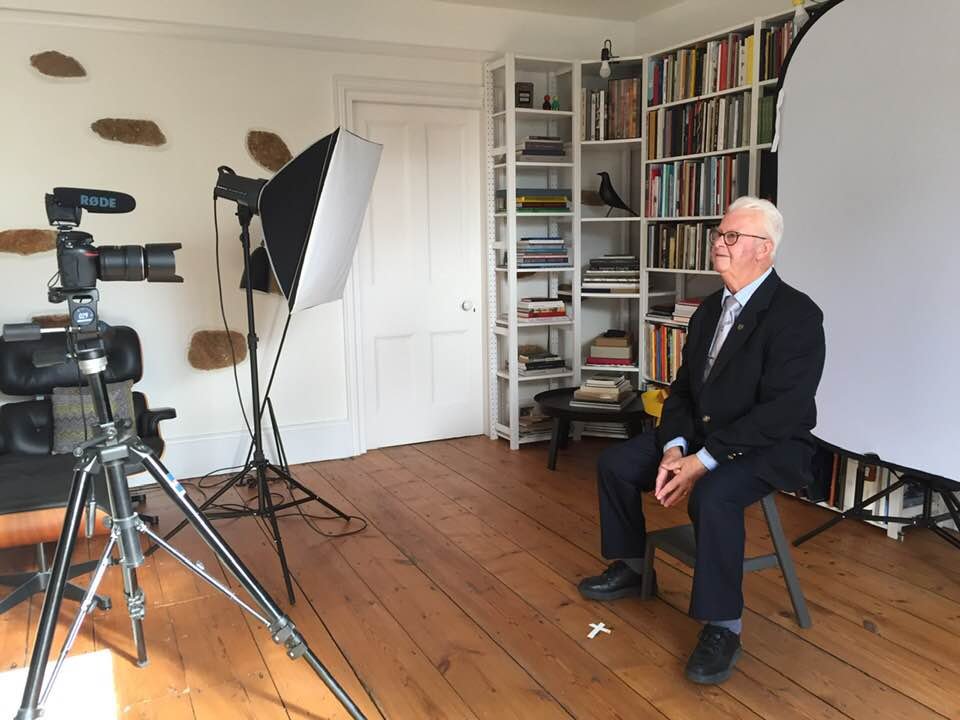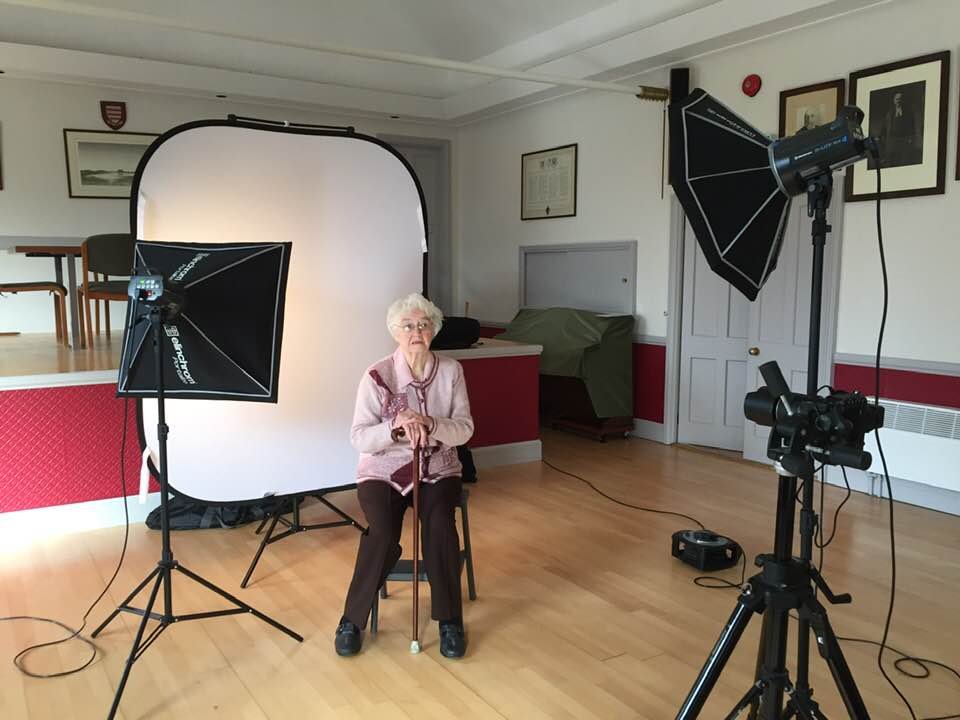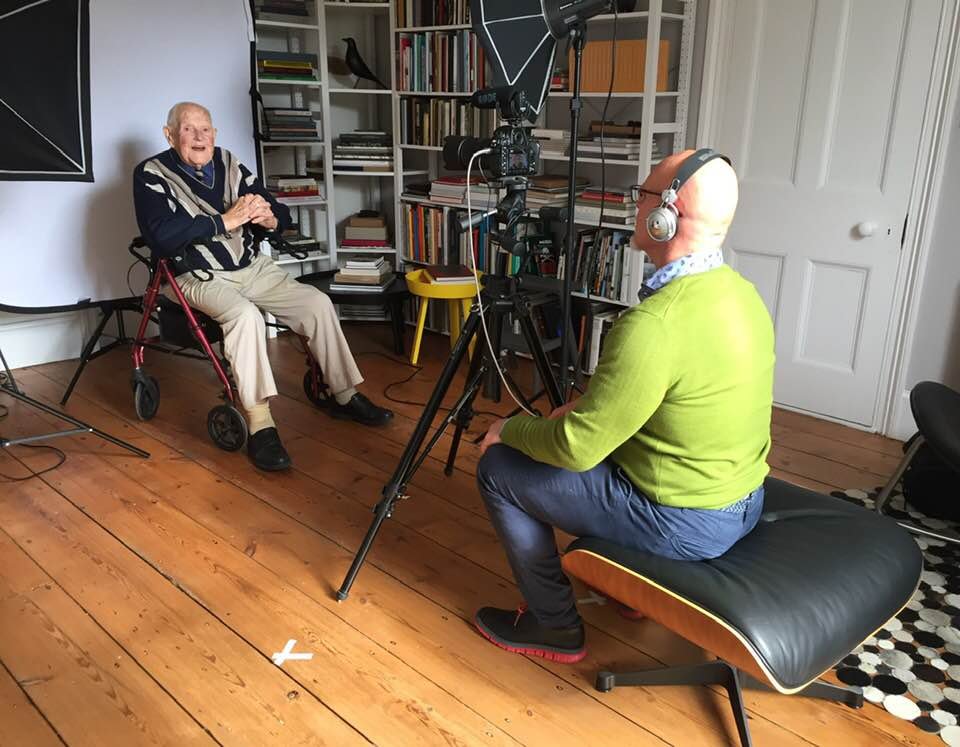After two weeks travelling across the Baltic exploring historical maritime trade and connections with Jersey I'm leaving Tallinn tomorrow on a ferry to Finland. Often described as the Med of the north the Baltic region has been fascinating visiting ports of Szczecin (Stettin), Świnoujście (Swinemunde), Gdańsk (Danzig), Riga, Pärnu (Pernau) and Tallinn (Reval). From records kept in Elsinore (Helsignør) where toll had to be paid to the kingdom of Denmark on ships moving in and out of Øresund we know that almost 1000 (991) Jersey ships entered the Baltic between 1634- 1857 with marketable goods (wines, coffee, sugar from the colonies in the Americas) to operate an entrepôt trade and to supply inputs into the island’s nascent shipbuilding industry, such as timber, tar, hemp, tallow, cordage, linen and also grain for the use of the fisheries, for consumption by islanders, and as fodder for Jersey cattle.
Today ports are no-go areas. The days when you could go to the harbour and watch ships arrive and depart are long gone. Now you are faced with endless fencing and aggressive security monitoring your every move. Like offshore finance, shipping is happening in a place elsewhere away from the public with container terminals and cargo depots operating out of free ports on reclaimed land. Historic waterfronts and old harbours, that once was alive with heavy industries of ship building and other general dock work are now designated as entertainment areas, modern apartment blocks and high-rise offices. Major developments in all port cities I visited are taking place transforming them into fancy living and working quarters for the new generation of millionaires, or investment opportunities for foreign real estate and developers financed with offshore capital, probably through international finance centres such as the island of Jersey, or similar.
However, as always there are ways you can penetrate the system and get a glimpse of life on the ground. I was happy to spend time with shipyard workers in Szczecin who historically was instrumental in the first uprising against working conditions in solidarity with their colleagues in Gdańsk. A clear memory of my childhood in the 1970s Denmark was seeing Lech Wałęsa on TV who as a trade union activist became a spoke person against the Communist regime in Poland. I think it must have been my first awakening to socialism, and on a personal level it was an honour visiting both sites of protests in the port of Szczecin and Gdańsk, although those original shipyards have disappeared alongside the highly skilled workers (less than 10% are employed today.) Gdańsk, or rather Danzig as it was named when it was part of Prussia was also the historic port where Jersey ships would load with grain, such as wheat, barley and rye. Today, grain production is a still major industry and on the fertile lands in the delta of the Vistula river I visited arable farms owned by large global farmland asset management companies. The old structure of capitalism still exists with wealth and power controlled in the hands of the few.
Entrepôt is a project exploring wealth and it emerged from research into the origins of Jersey’s banking history undertaken as part of Masterplan, a parallel project using photography, film and archives exploring the island’s contemporary prosperity as an International Finance Centre. With Jersey operating as an entreprot; the island’s historic merchant trade of global commodities conducted across multiple outposts can be seen as a blueprint for a future offshore financial services industry facilitating international flow of capital from other jurisdictions.
Image: Grzegorz, Nowotna Farm in the region of Pomorskie, Poland
#entrepôt
















